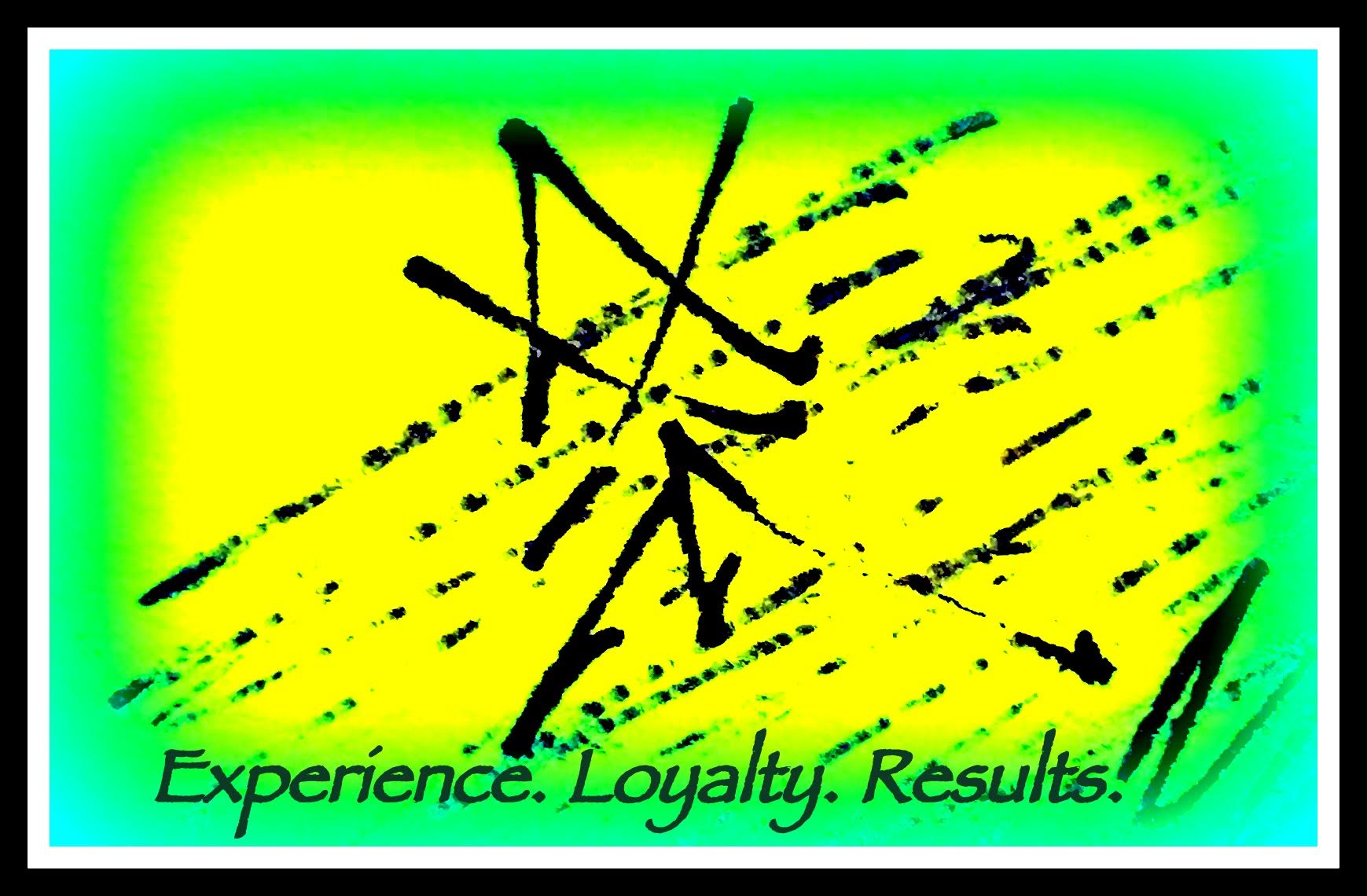We draw instantaneous conclusions of those we meet. That person is kind and friendly; that other, intimidating, distancing. How do we perceive others? What elements work to influence our social perception?
One would think that merely drawing a particular shape should have no influence on one’s assessment of those around you. In fact, something as simple as drawing a circle or square can influence one’s social perception: “We conducted a study in which participants drew as many circles or squares as possible and responded to a questionnaire assessing their interpersonal environment. Results showed that participants in the round condition responded that there were significantly more warm people around them than those in the square condition, and those in the square condition responded that there were significantly more competent and rigorous people around them than those in the round condition. These findings confirmed the metaphor-consistent effect of shapes on social perceptions.”
Round edges signify warmth, friendliness, safety, approximation, harboring, welcoming. Square edges signify cold, distance, analytics, precision, barriers, calculation. Merely drawing a circle influences your social perception––those around you take on the “warm” characteristics of the shape itself. Similarly, drawing a square––those around you take on its “cold” characteristics.
“The results indicated that drawing circles or squares influenced impressions regarding the interpersonal environment in a metaphor-consistent manner. Participants in the round condition responded that there were significantly more warm people around them than those in the square condition. Moreover, participants in the square condition responded that there were significantly more competent and rigorous people around them than those in the round condition. These results are consistent with previous findings and provide evidence that round is associated with the warmth trait and square with competence and rigorousness trait.”
If something so simple as drawing a shape can have an influence on our perception of others, think of the multitude of other factors which may have a role in shaping how we perceive those around us. We see a split-second image on television–-we’re influenced. We hear words spoken against or in favor of a controversial idea––we’re influenced. We see signs and symbols used in a particular way for a particular effect––we’re influenced.
The authors concluded: “The results of the mediation analysis indicated the possibility that the effect of drawing squares on perceived rigorousness was mediated by the perception of competence. Previous studies have reported that concrete and abstract concepts are associated in conceptual metaphors, and the activation of concrete or abstract concepts lead to activating the other related concept in a metaphor-consistent effect. (Landau, et al. 2010). We speculated that squares would directly influence the perception of competence in a metaphor-consistent manner and that perception of competence would influence the perception of rigorousness. The results indicated an association between these abstract concepts (competence and rigorousness). Various studies on metaphors have examined associations between concrete and abstract concepts and vice versa using metaphoric transfer strategies (e.g. Lee & Schwarz, 2012). However, this is the first study demonstrating an association between abstract concepts, making this an especially important finding.”
For those who rely on presenting evidence in support of a particular side, these findings may serve as yet another reminder to pay close attention to “filters.” If everything you present has angular, square edges, you (and your case) may come off as “cold.” Depending on context, a more nuanced approach is required. Words, gestures, speed, volume, tone, pitch––these as well can exert an effect on the “shape” of what’s being presented. Thus, a first generalization––warm evidence should be presented warmly, cold evidence presented coldly––represents only the start of what needs to be considered. Probably the best question to ask with each witness/piece of evidence: what likely will be the way this will affect those seeing/hearing this for the first time?
Rather than focusing on yourself, perhaps the best place to start is to focus on others. In response to what you present, are they likely drawing circles or squares? If circles, have you made it easy for them? If squares, will it hold up under scrutiny? As well, it’s probably best to keep things simple––too many subcategories will only confuse things. Analytical versus emotional, cold versus warm––in many instances those two categories will be enough.
Working to guide the shape of another’s perception. How easily the perceptual lens is influenced––the mere drawing of a shape can affect outcomes. The invisible “filter” you project between your message and your listeners may give rise to unintended consequences. Ask: is this message to be viewed through a circular or angular lens? How likely is it that others will view the message in the intended manner? You may have a particular well-intentioned belief––what matters is the perceptual lens through which others see.
All quotations from: Yasuto Okamura, Mitsuhiro Ura, Draw Squares, and You Will Discover That Many Competent and Rigorous People are Around You: Shape Priming Influences Impressions Regarding the Interpersonal Environment, Psychological Thought, 2193-7281 (Vol. 11, No. 2)(2018)
https://psyct.psychopen.eu/article/view/290/pdf




